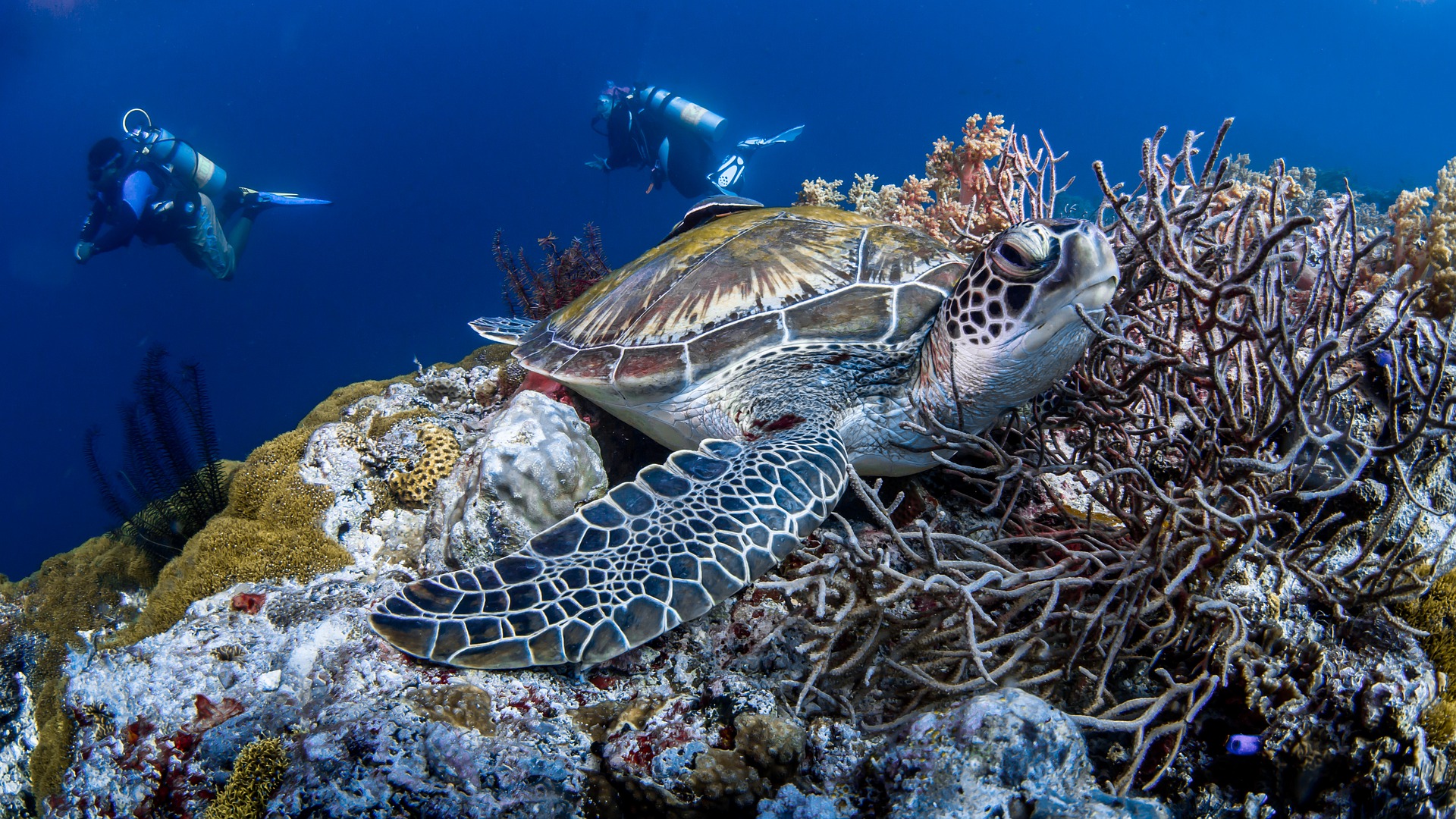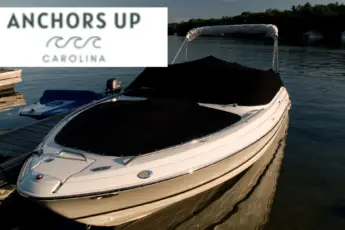Gray’s Reef is one of the most highly researched reefs of the 14 marine sanctuaries. Gray’s Reef is positioned 19 miles from the banks of Sapelo Island, Georgia, and was inducted into the sanctuary system in 1981. The University Of Georgia researches the 22 square mile reef system extensively. Not only is the reef fundamental for research but also provides opportunites for anglers and divers. Locating the reef is a simple task by finding the Grays Reef Buoy.
What Is Gray’s Reef Buoy
While not all buoys are intended for navigation purposes, the Grays Reef Bouy is positioned to collect critical data over the reef.
The data provides valuable information for boaters, researchers, and ship captains who rely on weather reports to operate safely.
Check out the list of the data collected by the buoy positioned over Gray’s Reef of the coast of Georgia.
Temperature Readings
The yellow buoy monitored by NOAA or National Oceanic And Atmospheric Administration records both water and air temperatures.
Wind Speeds
When conditions become too rough for boating, a small craft advisory is issued. The buoy provides wind data, including wind speed, wind gust speed, and wind direction.
Wave Heights The Direction And Duration
Wind speed directly correlates to the height and direction of the waves. The buoy at gray reef measures wave height, wave direction, dominant wave period, and average period. This information is essential for boaters’ safety along the coast of Georgia.
Atmospheric Pressure
Changes in atmospheric pressure indicate changes in weather patterns. A change in atmospheric pressure results in the onset of either mild wind or gusty and stormy conditions. The buoy helps scientists predict poor or changing weather.
Here is the current data available at the Gray’s Reef Buoy. The data accumulated allows NOAA to create marine forecasts, so boaters are made aware of the expected conditions offshore.
How Deep Is Gray’s Reef
The depth of Gray’s Reef is not uniform because the bottom consists of sandy flat bottoms and live reef extending from the seafloor upwards toward the surface.
Gray’s reef buoy is affixed to the seafloor below to prevent it from drifting free. The distance from the seafloor to the base of the buoy measures roughly 53 feet.
Despite the measurement beneath greys reef bouy, the deepest point of the marine sanctuary measures 65 feet.
Can You Snorkle At Gray’s Reef
An alternative to diving is snorkeling. Snorkeling is swimming at the water’s surface with a mask, breathing tube extending from the mouth out of the water.
Diving requires certification, unlike snorkeling. While yes, you can snorkel over the reef, you will be unlikely to see the coral or marine life below. The combination of depth and lack of clarity will prevent you from enjoying the beauty of the reef below greys reef buoy.
Can You Fish At Gray’s Reef
One of the most exciting ways to fish offshore is dropping baits to the bottom over artificial or natural reefs.
Despite Gray’s Reef being labled as a sanctuary, it is not protected. Anglers have the opportunity to fish the reef year round.
Remember, gray’s reef is only accessible by boat, so anglers must locate the reef to catch fish. To find the reef by GPS or Global Position System, use the following coordinates 31.3821 degrees North and 80.8655 degrees West.
Gray’s reef fishing is seasonal based on water temperatures. The species depending on the time of year include grouper, snapper, sea bass, mackerel, cobia, triggerfish, grunts, and more. Don’t assume the bait must rest on or near the reef. Numerous species, including the mackerel, remain suspended between the seafloor and the surface.
One helpful tip is to read a gray reef fishing report before venturing offshore to improve your chances of catching fish.
Can You Dive At Gray’s Reef
The best method to get an up-front and personal look is scuba diving to enjoy what grays reef has to offer.
Remember, to dive; you must complete a certification course before diving Gray’s Reef. When diving on Gray’s reef, you will be amazed at the brightly colored coral, undulations of the reef, and marine life.
Divers can view fish and other marine species in their natural environment up close and personal. Some of the unique species include lobster, sharks, sea turtles, and more. Remember to dive with a partner and keep someone in the boat above.
Check Out Gray’s Reef Beneath Grays Reef Buoy
Unfortunately, you cannot reach the grays reef buoy unless using a personally owned or chartered boat. However, when given the opportunity, take advantage of fishing or diving on the marine sanctuary located off the Georgia coast. Gray’s Reef is just one part of the US Marine Sanctuary System, but an important part thus must remain protected for generations to come.







